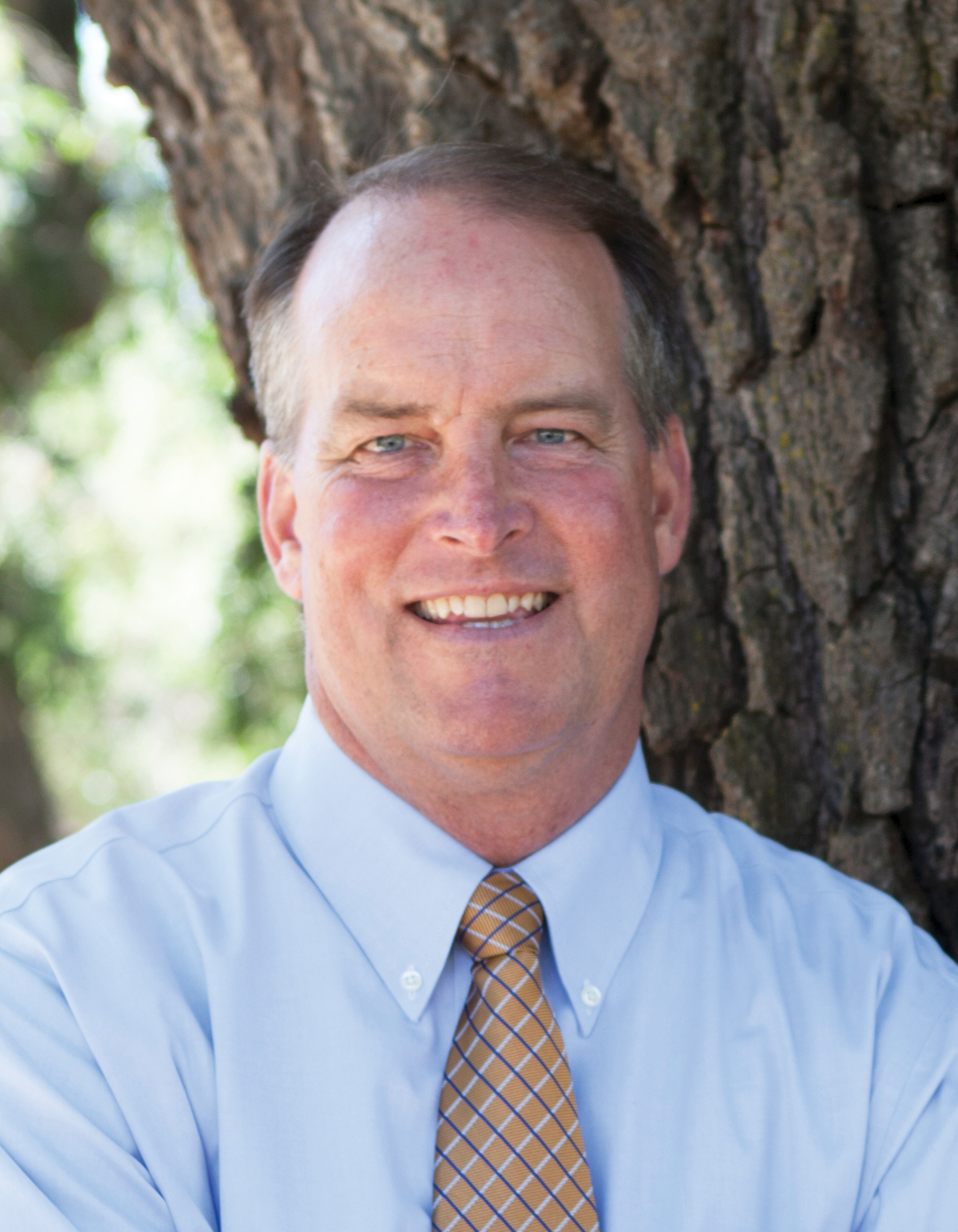Farm Bureau president's message: California must capture water in wet years and expedite projects


Jamie Johansson
Now that the recent series of Pacific storms have abated and we are in a period of dry weather, we are reminded of the twin imperatives to operate our water infrastructure for sporadic flood threats while we store water against ever-present drought.
California’s hydrology is famously flashy. It is characterized by limited and inefficient opportunities for water capture despite major downpours. It has become increasingly evident that climate change will exacerbate this condition.
Recently reported estimates indicated that some 24.5 trillion gallons of water fell on California during the storm deluge, enough to fill California’s largest reservoir—Shasta Reservoir—more than 16 times over. But stunningly, the vast majority of that badly needed water has flowed directly to the Pacific Ocean, unable to help pull California out of its historic drought. At its peak, more than 1 million gallons of water flowed every second through the Sacramento-San Joaquin Delta. That is a greater rate than the Columbia River in the Pacific Northwest.
While flood concerns have been the focus of national and international reporting on the waters that have drained from California’s landscape, there has been far less discussion of lost opportunities as we had to protect against flood events in the course of capturing water for future use.
Californians are abundantly aware that our water infrastructure serves us poorly in dry and wet times, and that the state’s response to flood protection and drought mitigation has been halting, unimaginative and too-often gridlocked by the usual politics. While voter-approved initiatives directing the state to modernize and upgrade our infrastructure languish, editorial boards and columns in major newspapers detail California’s infrastructure shortcomings as real-world atmospheric river events outside our windows illustrate them in abundance.
Because of the chronic lack of state investment in water infrastructure for the past 30 years, and because the existing infrastructure was built on historical models that did not account for the modern impacts of climate change, Californians are experiencing the worst of our water infrastructure’s inadequacies on an ongoing basis. Typically, water projects suffer years of study, planning, protracted approval processes and litigation. The water strategies laid out by the administration of Gov. Gavin Newsom in the Water Resiliency Portfolio could take decades to reach completion.
California can no longer afford delay—and no longer wants delay—in building the necessary water infrastructure, and California cannot conserve its way out of drought. The near failure of Oroville Dam in 2017, this year’s flooding and the lack of water across the state for the two most important needs to support humanity—drinking water and agriculture water—show a California water system mired in crisis mode.
California Farm Bureau is encouraging the Newsom administration to respond in kind. It can structure a response to our water infrastructure crisis with appropriate programs to streamline permitting and approvals of water projects and track project success by showing the public the new water supplies being developed.
In October 2022, the World Health Organization convened a symposium to discuss food security and nutrition. The rest of the world is focused on how to grow its agricultural footprint to meet the nutritional needs of 6 billion more people that are expected to inhabit the planet in the coming decades. At the same time, California is forcing the fallowing of hundreds of thousands of acres of the best agricultural land on the planet.
This is happening through ham-fisted and short-sighted environmental regulation, while California refuses to build sufficient storage, recycling, recharge and conveyance in the timeframe needed to do things such as capture water from the storms we’ve been blessed to receive.
The solution has been talked about for decades. Our inertia is the result of an ongoing failure of political will to align water policies and infrastructure with California’s hydrology as it is evolving.
Farm Bureau welcomes an open dialogue with the Newsom administration and water stakeholders across the state to prioritize the projects that should receive the benefits of streamlining to expedite development.
We encourage the administration to consider regulatory reform and other policy solutions that we have long supported, including the treatment of groundwater recharge as a beneficial use of water to position all of California for prosperity in the 21st century.
(This commentary is adapted from a Jan. 20 letter from California Farm Bureau President Jamie Johansson to Gov. Gavin Newsom.)




